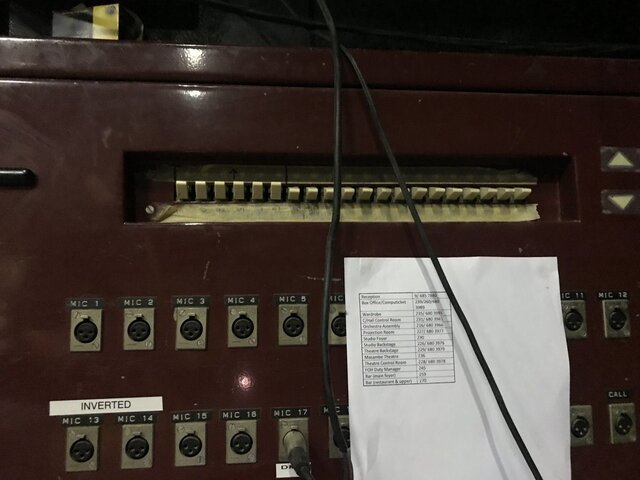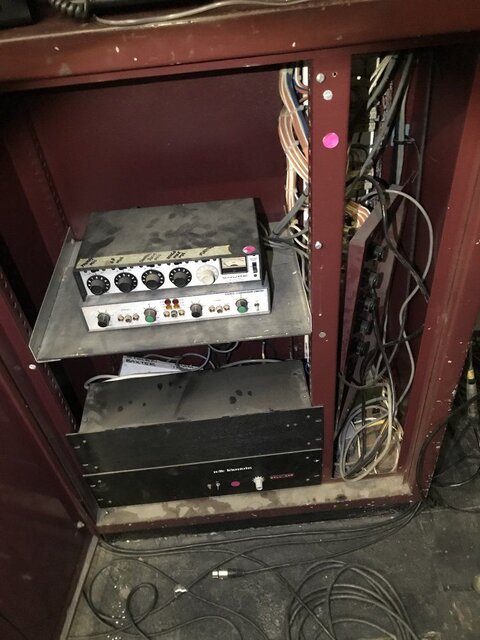Christoff Snyman
Member
Dear hivemind,
I'm in the process of redesigning a theatre's callback system (speakers going to dressing rooms with a feed from stage) and I'm reaching out to see how others might have done it or have worked on systems that they enjoy worked with.
Some basic context for the setup, the dressing rooms each needs a speaker so they can hear what's going on the stage. We've got two theatres sharing the dressing rooms so it should be able to switch between the two as well as take auxiliary sources from control room but also be able to accept some overhead microphones for the shows where the actors are not wearing a headset.
So in summary, what callback systems have you used/installed that you know worked and can recommend. Budget is rather healthy so any suggestions welcome. Thanks in advance and happy gigging.
*Edit (added some more details)*
We are switching over to a Dante audio network as well so there's budget for something future proofed, we also get a lot of sound companies coming in for residencies and the left and right split won't always happen at the same location. As I will be acting as network/system tech for the entire building (3 studios, 3 theatres and a concert hall) I'm looking for something that I can control remotely from my office, I've got some ideas on how I might do it just checking if anyone else might have done it better already that I can base my design of. I'm sorry should have added this in my original post. If you had no budget restrictions how would you do it. Also we are completely replacing the speakers and cable runs so need some suggestions. Thanks again for any input, much appreciated.
I'm in the process of redesigning a theatre's callback system (speakers going to dressing rooms with a feed from stage) and I'm reaching out to see how others might have done it or have worked on systems that they enjoy worked with.
Some basic context for the setup, the dressing rooms each needs a speaker so they can hear what's going on the stage. We've got two theatres sharing the dressing rooms so it should be able to switch between the two as well as take auxiliary sources from control room but also be able to accept some overhead microphones for the shows where the actors are not wearing a headset.
So in summary, what callback systems have you used/installed that you know worked and can recommend. Budget is rather healthy so any suggestions welcome. Thanks in advance and happy gigging.
*Edit (added some more details)*
We are switching over to a Dante audio network as well so there's budget for something future proofed, we also get a lot of sound companies coming in for residencies and the left and right split won't always happen at the same location. As I will be acting as network/system tech for the entire building (3 studios, 3 theatres and a concert hall) I'm looking for something that I can control remotely from my office, I've got some ideas on how I might do it just checking if anyone else might have done it better already that I can base my design of. I'm sorry should have added this in my original post. If you had no budget restrictions how would you do it. Also we are completely replacing the speakers and cable runs so need some suggestions. Thanks again for any input, much appreciated.




